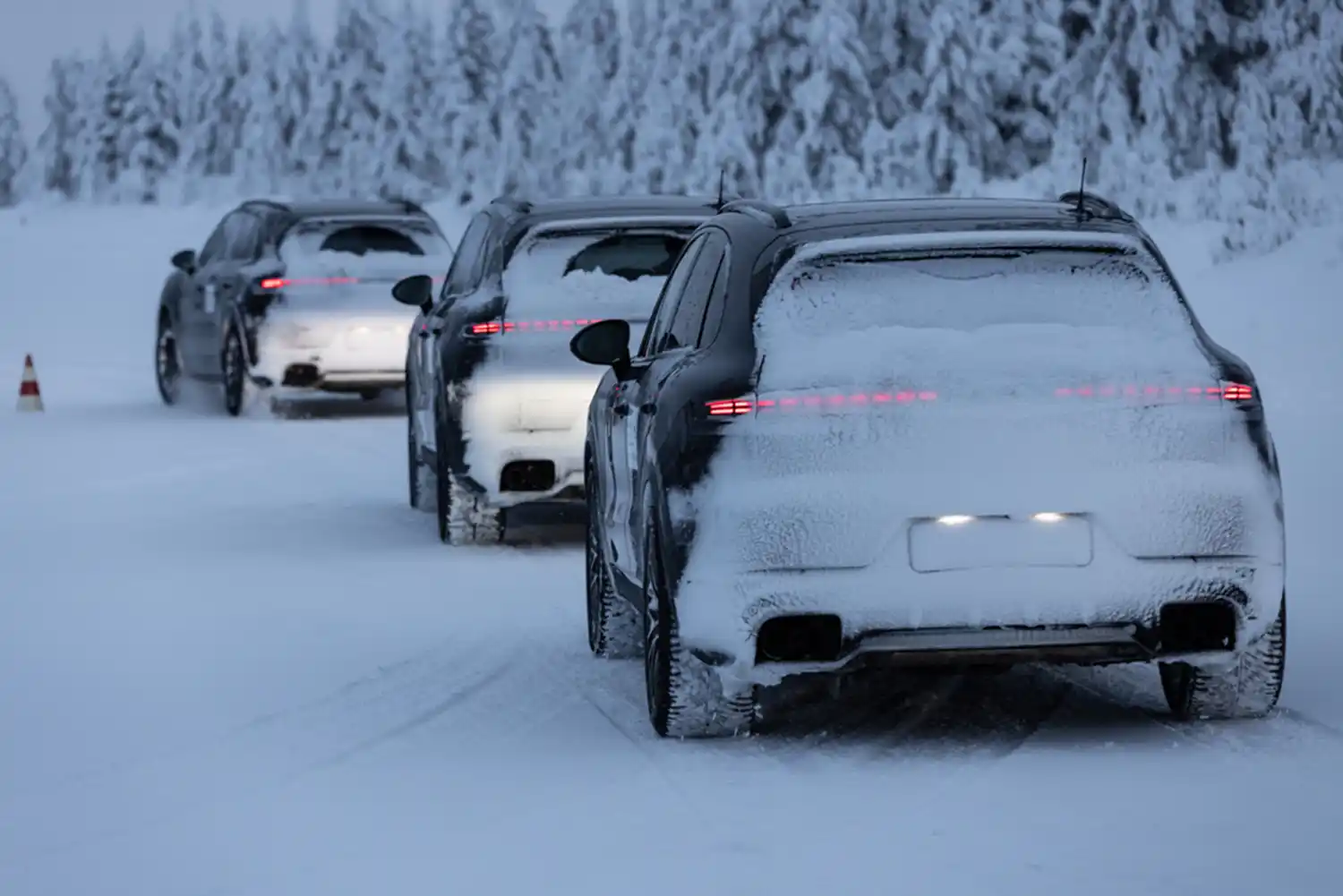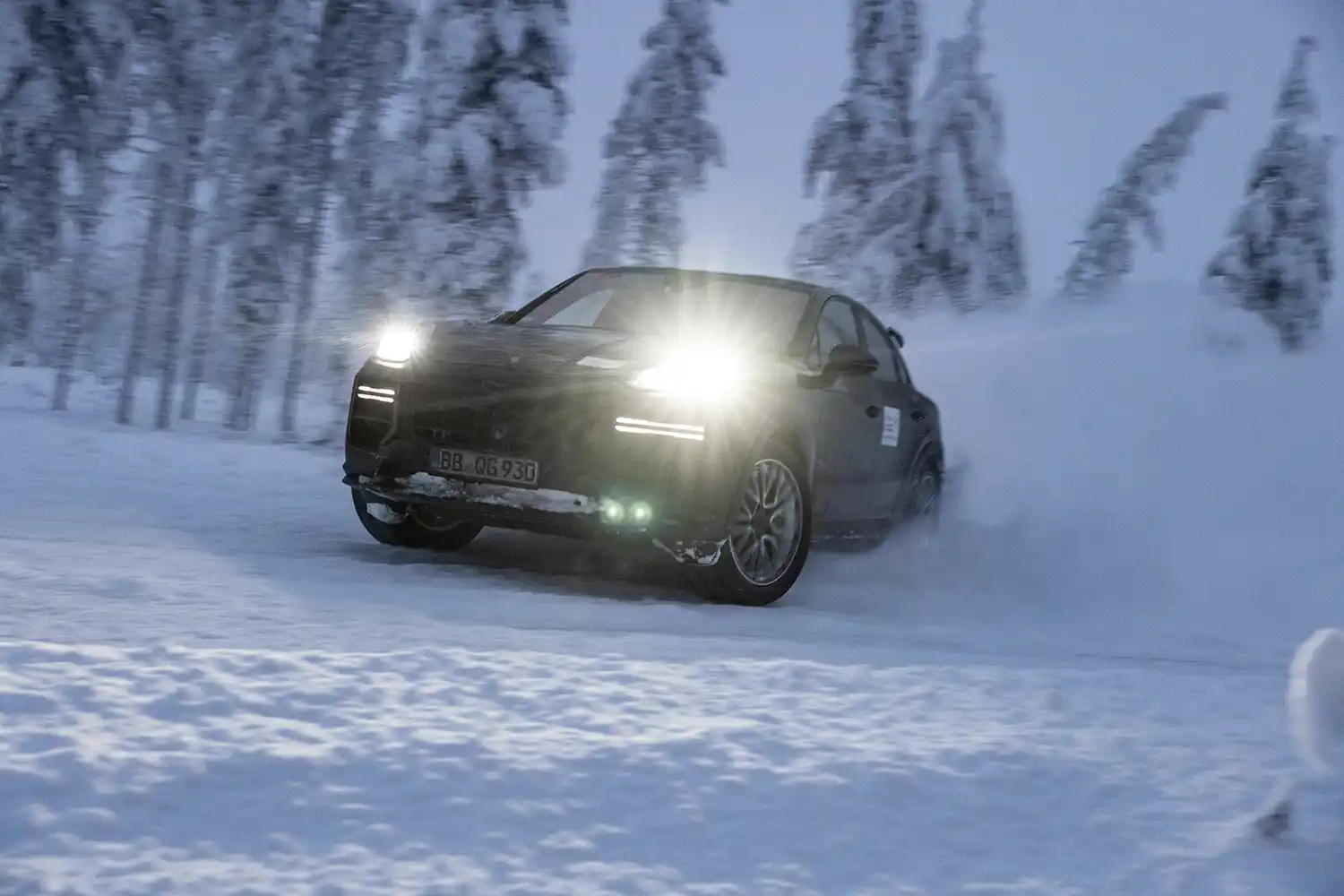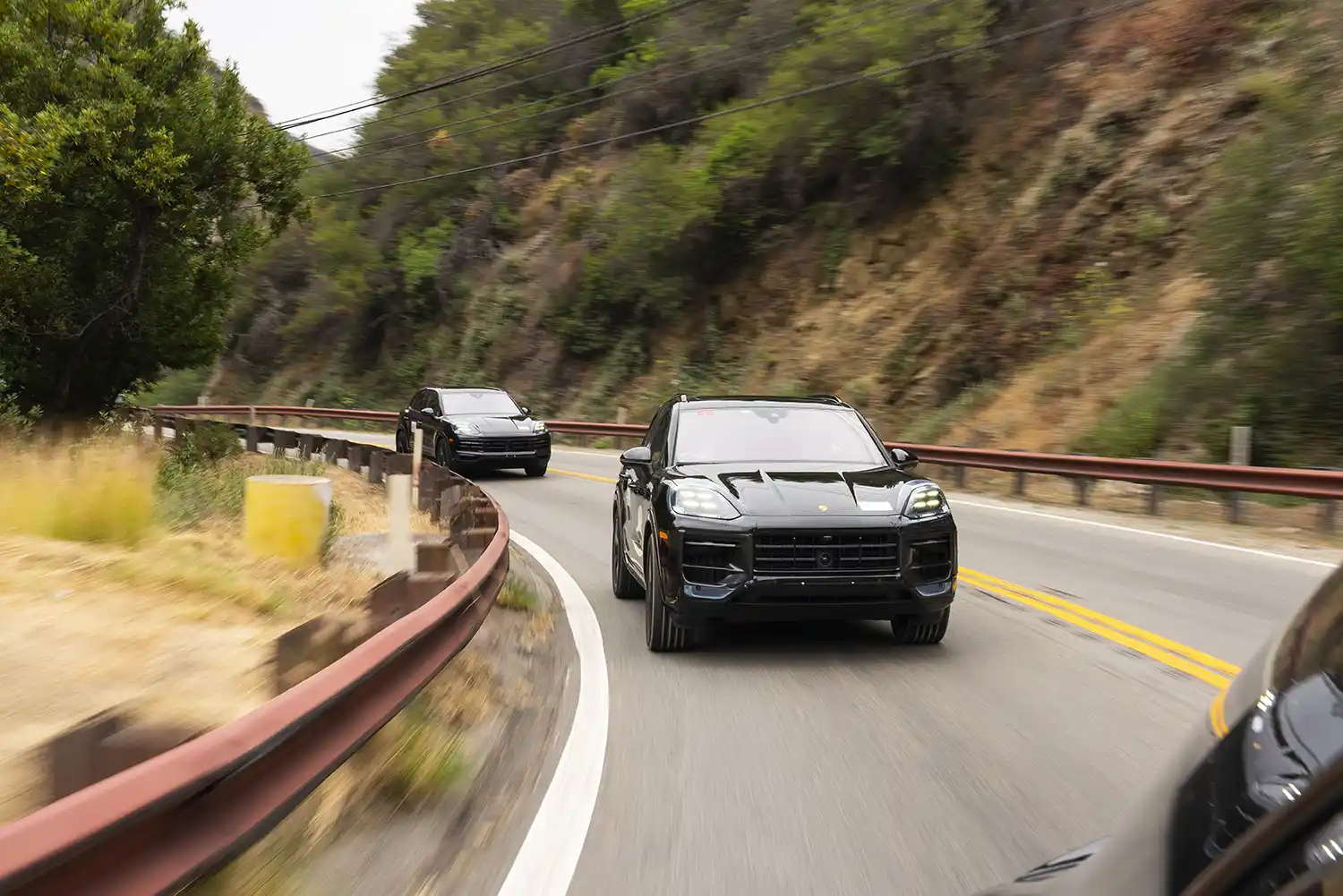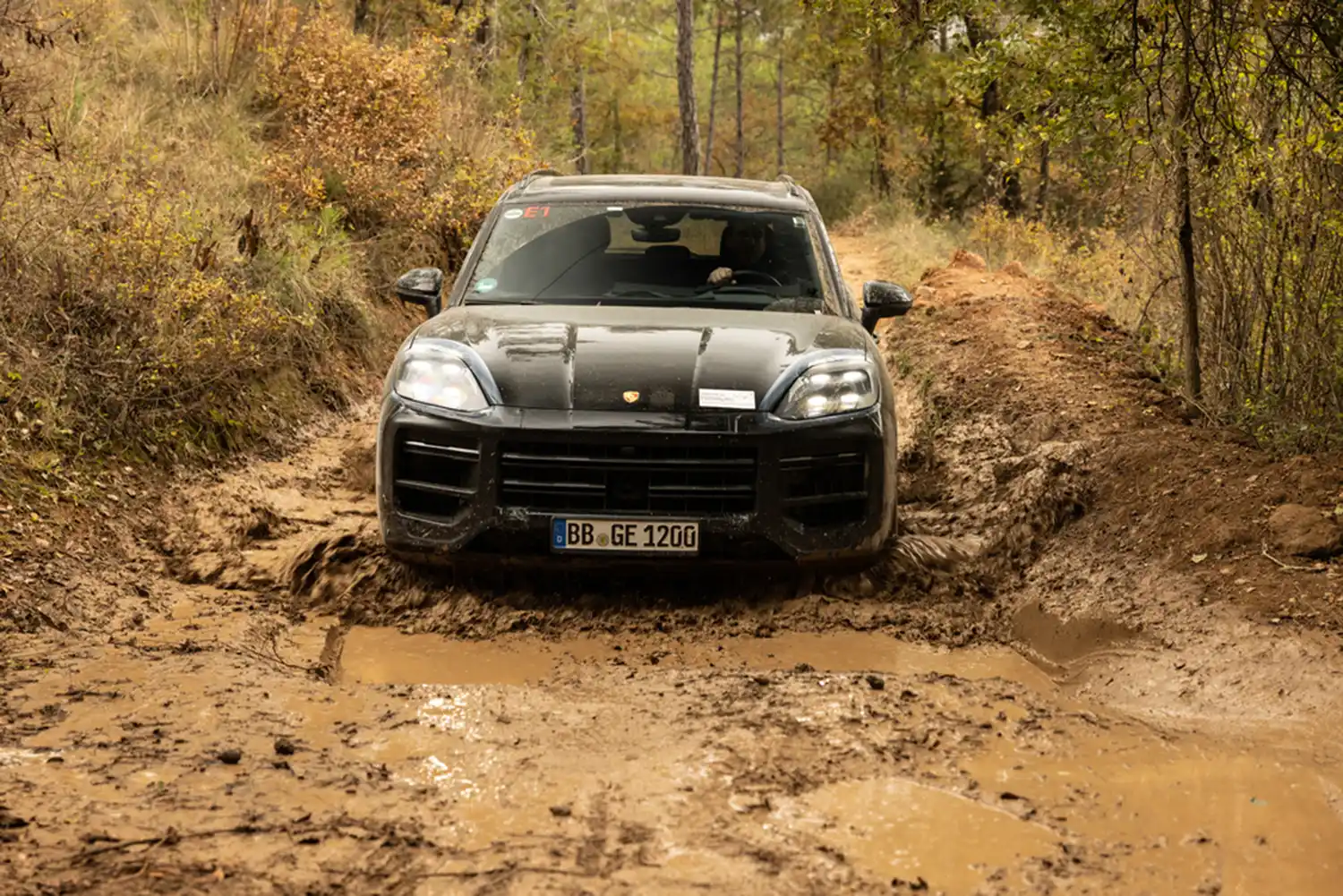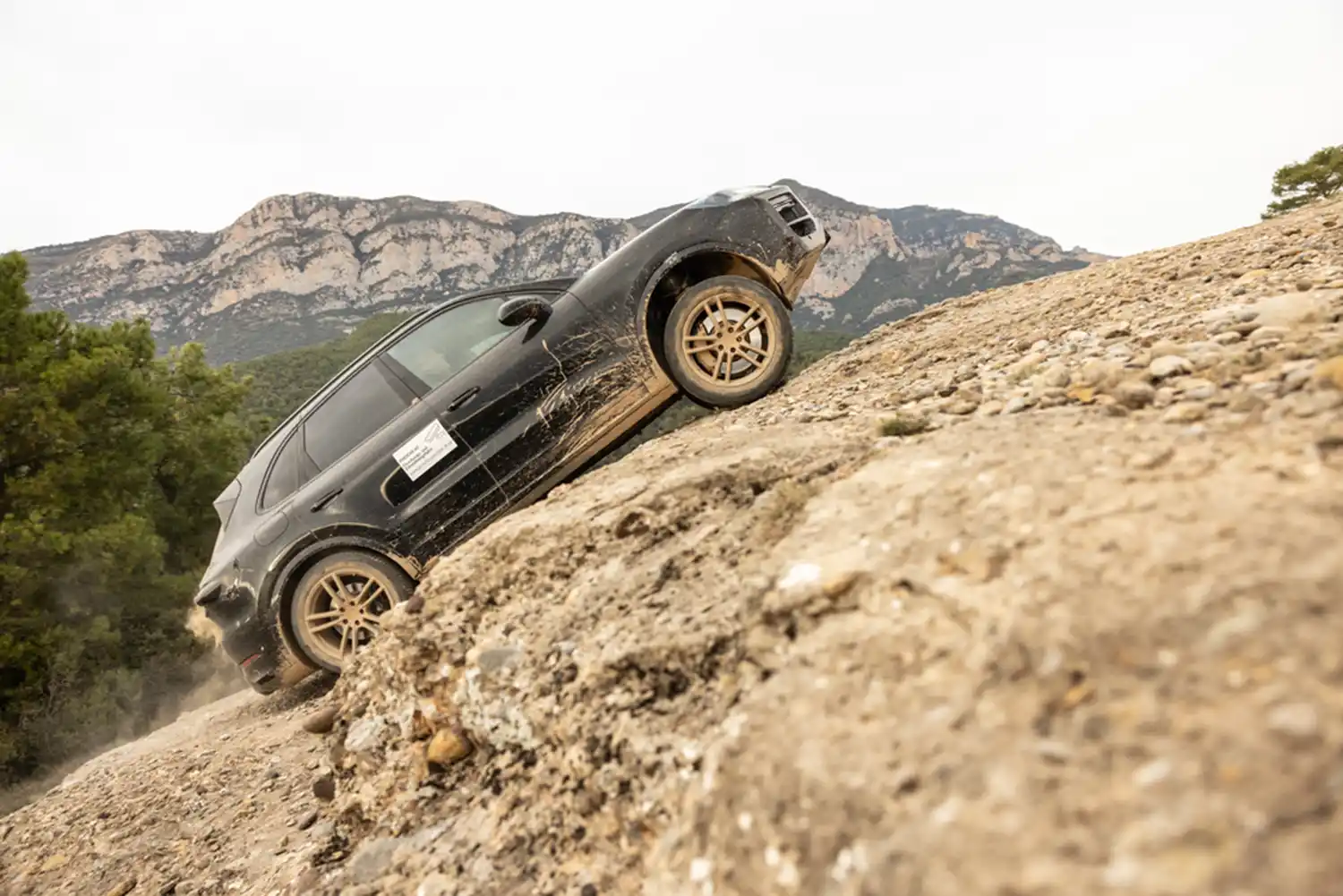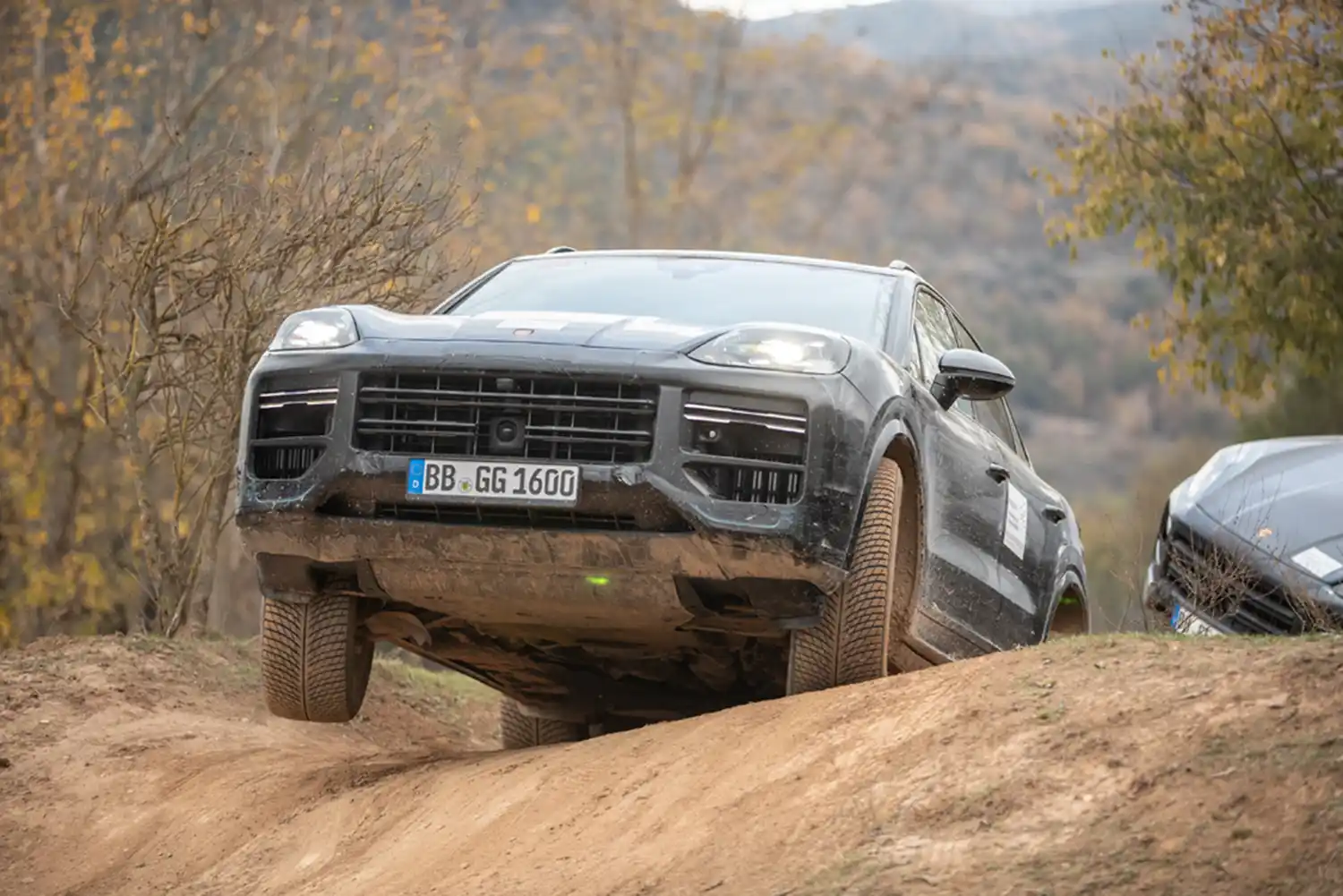
Following its launch in 2017, Porsche has consistently enhanced the third generation of the Cayenne with far-reaching measures affecting its powertrain, chassis, design, equipment and connectivity. “It’s one of the most extensive product upgrades in the history of Porsche,” says series manager Michael Schätzle. In addition to realigning the drive portfolio, the engineers at the Porsche Development Centre in Weissach made major revisions to the Cayenne’s chassis system. The aim was to achieve an even wider range between the typical Porsche on-road performance, long-distance comfort and off-road capability. To this end, the Cayenne will feature, among other things, a new, semi-active chassis. In addition, drivers and passengers will be treated to a new and extensively digitalised display and operating concept. Innovative lighting technology in the HD-Matrix LED headlights enhances both comfort and safety in the new Porsche Cayenne.
Testing every model to the limit before launching
With so many new technologies, complex and elaborate testing was required in order to perfectly tune the components, most of which were completely new developments. “We’re subjecting the new Cayenne to a complete and comprehensive testing program, just as if it we’d developed it from scratch,” explains test manager Ralf Bosch. Alongside increasingly accurate virtual simulations, real-life testing is still a high priority for Porsche. It represents the test of whether any new model is ready for launch. During what we call complete vehicle testing, the aim is to ensure the operational stability and functionality of all components and systems as they interact – in situations that the customer experiences and far beyond. In the course of endurance tests, a vehicle’s life is simulated under the tough conditions that are only rarely experienced in the customer’s hands. Under everyday conditions, the vehicles complete well over 200,000 kilometres in urban traffic, on country roads and on motorways within a few months.
To simulate extreme conditions, the prototypes also travel around the world, with the aim being to put their quality and durability to the test in different climate zones. For the new Cayenne, tests took place in Asia, Africa, Europe and North America. In total, more than four million test kilometres were covered. “What we demand from the new Cayenne in tough off-road tests in Spain, on punishing sand dunes in Morocco, or during highly dynamic drives on ice tracks in Finland and on the Nürburgring Nordschleife isn’t something we presume many customers will ever do,” says Dirk Lersch, who leads the prototype assembly and testing team for the Cayenne. “But anyone who purchases a Porsche should know that it can withstand exceptionally high loads – regardless of the surface being driven on.”
The new Porsche Cayenne will celebrate its premiere this spring.
